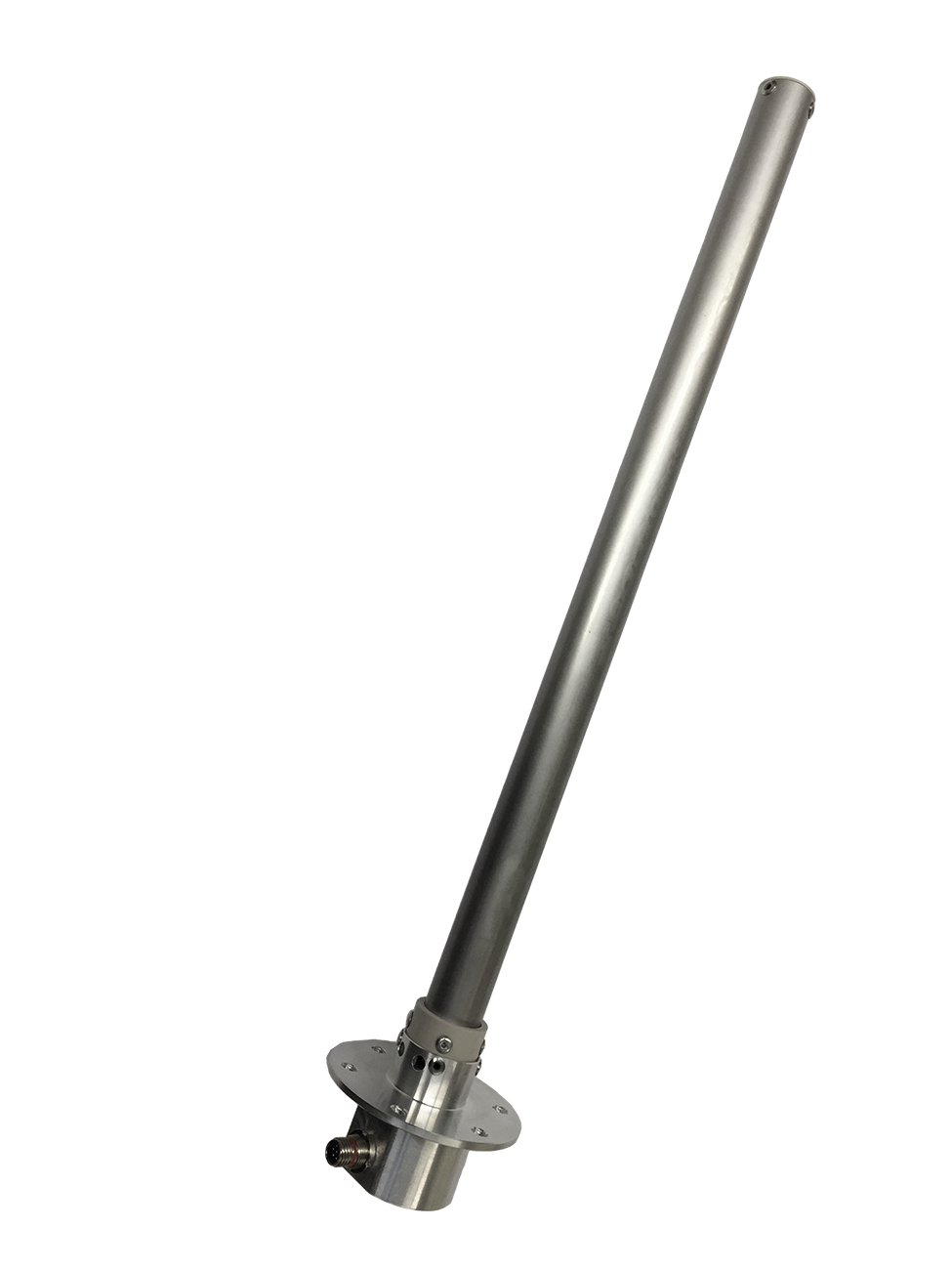
Customising
AUTOFLUG verfügt über eine breite Palette an Kraftstoffsensoren. Unsere Produkte basieren auf standardisierten Komponenten wie Rohre, Flansche, Punktsensoren, Elektronik, Kabel und Stecker.
In kurzer Zeit kann AUTOFLUG Sensorprototypen konfigurieren, bauen, testen und qualifizieren. Die Serienproduktion kann unmittelbar im Anschluss beginnen. AUTOFLUG führt Kraftstofftankstudien durch, die auf CAD-Daten vom Kunden basieren. Mit der Tankstudie wird gemäß Anforderung, die optimale Anzahl und Position der Kraftstoffsensoren im Tank bestimmt. Außerdem können die zugehörigen Höhen-Volumen-Tabellen für die Berechnung des Kraftstoffvolumens und Kraftstoffmasse ermittelt werden.
Ein Kraftstoffkompensator kann in das Kraftstoffmengenmesssystem integriert werden, um die Messgenauigkeit durch Kompensation verschiedener Kraftstofftypen und Kraftstofftemperaturen zu verbessern.
Fuel Gauge Transmitter Functionality
Der Fuel Gauge Transmitter (FGT)- CERTIFLY bezeichnet einen flanschmontierten, kapazitiv aktiven Kraftstoffsensor, der zur Messung der Kraftstoffmenge in Luftfahrzeugen und Zusatztanks entwickelt wurde.
Die Sensorlänge ist je nach Kundenwunsch anpassbar. Der Flansch kann ebenfalls gemäß Kundenwunsch angepasst werden, um Anforderungen an unterschiedliche Geometrien und Einbauwinkel darzustellen. Die Optionen für das Ausgangssignal der Kraftstoffhöhenmessung im CERTIFLY umfassen: PWM, Frequenz, CAN, Strom und Spannung.
Den Messbereich des Sensors bilden die Kondensatorflächen, die aus zwei geraden, konzentrischen Röhren bestehen. Die gemessene Kapazität ist abhängig von der Kraftstoffhöhe im Kondensator. Die Elektronik des Sensors wandelt die gemessene Kapazität, die die Kraftstoffhöhe darstellt, in ein EMV stabiles Ausgangssignal um (siehe Optionen oben).
Features & Options
Mechanical Interface |
|
| Mounting | flange mounted from top or bottom (no directional limitations) |
| Flange Diameter | E.g. Angled 6-hole mounting flange with a hole circle of 60 mm (2.36 in) (limited to 32-33 mm) |
| Sensing length | 100 mm to 1,000 mm (3.94 in to 39.4 in), measured from flange mounting plate to the end of the sensing element |
Electrical Output Signal Options |
|
| “CAN” | The FGT provides the measured fuel height as a CAN output signal (DAL C) with following output parameters: CAN 2.0B (Extended Frame Format), Bit rate 125 kbps |
| “Current” | The FGT provides the measured fuel height as a current output signal with following output parameters: 4 to 20 mA |
| “Voltage” | The FGT provides the measured fuel height as a voltage output signal |
| “PWM” | The FGT provides the measured fuel height as a PWM Pulse Width Modulated output signal with following parameters: Frequency: 488 ± 2 Hz Amplitude: < 1 V equals “LOW” and > 4 V equals “HIGH” Max. signal current 1 mA |
| “Frequency” | The FGT provides the measured fuel height as a CTS (frequency) output signal with following parameters: T = 100 µs ± 0.25 % “dry” Amplitude: 5 VDC ± 1 VDC (o.c.) |
Accuracy |
±0.8% of the measurement range at empty condition (dry) and shall be within the linear increasing tolerance up to ±2.5% of the fuel-specific measurement range at full condition (fully immersed) |
Weight |
180 g + 200 g/m (0.40 lb + 0.011 lbs/in) |
Electrical Interface |
|
| Connector | Series 800 “Mighty Mouse” part number 800-012-07 M6-7PN |
| Input Power | 15.0 VDC ± 2.0 VDC, maximum voltage ripple 60 mVpp, max. 25 mA |
Temperature Range |
|
| Temperature & Altitude | in accordance with SAE AS405D |
| Temperature Variation | in accordance with SAE AS405D |
Applicable Fluids |
|
| FAME contamination | The FGT shall be applicable for following fuel types with a potential FAME contamination limit of up to 100 ppm |
| Fuel Types | JET A-1, JP-8, F-34/F-35 JET A, JET B, JP-5, F-44 JP-4, F-40 EN 590, F-54, DF-2 JP-8+100 |
Environmental Qualification |
|
| SAE AS405D | Fuel and Oil Quantity Instruments |
| RTCA/DO-160G EUROCAE ED-14G |
Environmental Conditions and Test Procedures for Airborne Equipment |
| RTCA/DO-178C EUROCAE ED-12C |
Software Considerations in Airborne Systems and Equipment Certification |
| RTCA/DO-254 EUROCAE ED-80 (Issued 4-19-00) |
Design Assurance Guidance for Airborne Electronic Hardware |
| FAA AC 25.981-1C | Fuel Tank Ignition Source Prevention Guidelines |


